Exceptional view of deep Arctic Ocean methane seeps
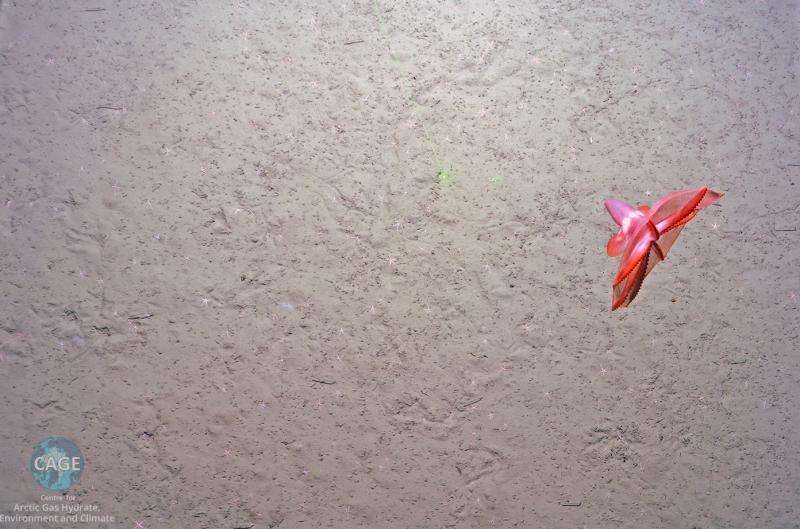
Close to 30,000 high definition images of the deep Arctic Ocean floor were captured on a recent research cruise. This gives us an exclusive insight into the most remote sites of natural methane release in the world.
Over a course of 12 days Dr. Giuliana Panieri and her colleagues from Centre for Arctic Gas Hydrate, Environment and Climate collected images from seven areas of known methane release in the Arctic Ocean. One of them was Vestnesa Ridge, with over 1000 active seep sites at the depth of over 1000 m.
Dr. Panieri collaborated with scientists and engineers at Woods Hole Oceanographic Institution's MISO Deep-Sea Imaging Facility. The aim was to get a proper view of the deep Arctic Ocean floor.
"We have taken so many samples all over these areas, but we were sampling blind. We needed to see what was going on down there." sais Panieri who is an awe of the results achieved during the two-week cruise.
The system that was used to get these images is based on the 'TowCam' design developed by WHOI scientists and engineers, and funded by the US National Science Foundation. It consists of a color still camera that takes images every 10-15 seconds.
"This is the first time that we have seen these methane seeps in the deep Arctic Ocean areas. The images are amazing." sais Panieri.
The midnight sun allowed for the tow cam system to be deployed 24/7 providing scientist with data that will be crucial in new discoveries in years to come.
-
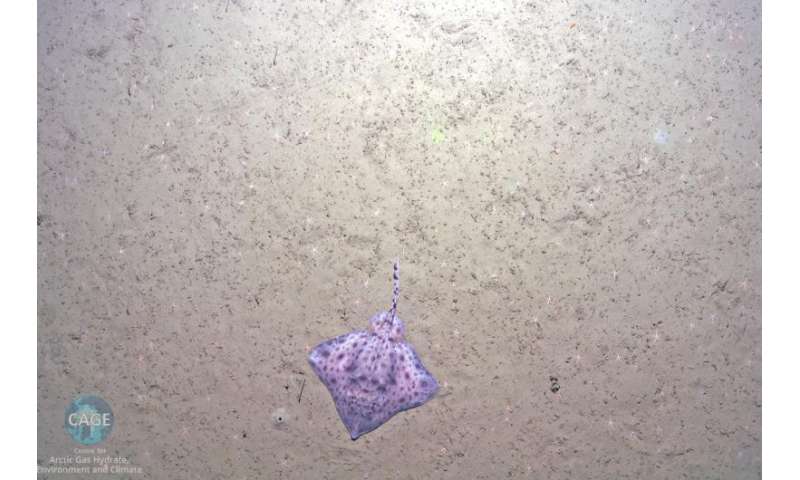
Deep Arctic Ocean Methane Seeps: During the Tow cam surveys in deep water (1200 m) we have observed many skate fish. This skate is about 80 cm. The seafloor is densely colonized by white brittle stars and tube worms. Credit: CAGE -
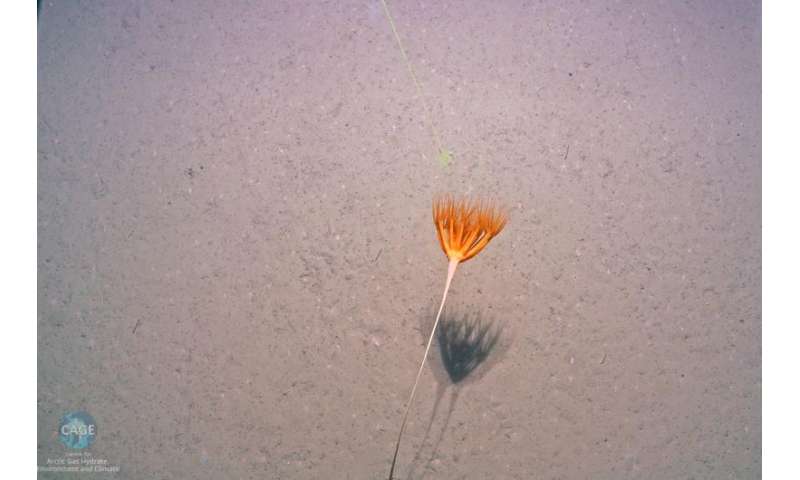
Deep Arctic Ocean Methane Seeps: A crinoid is an ocean animal that has long, feathery arms that extend into the water column and use their tiny, sticky tube feet to pick up particles for food. Credit: CAGE -
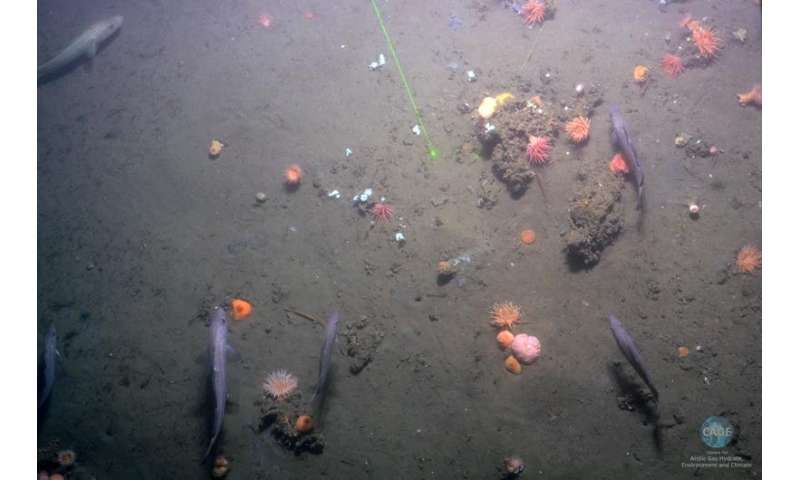
Deep Arctic Ocean Methane Seeps: Seafloor at 500 m water depth. Carbonate blocks are colonized by anemones and sponges. Tube worms are abundant at the seafloor. In the upper part of the image, we see patches of bacterial mats. All of these features are indigenous to sites of methane release. Credit: CAGE -
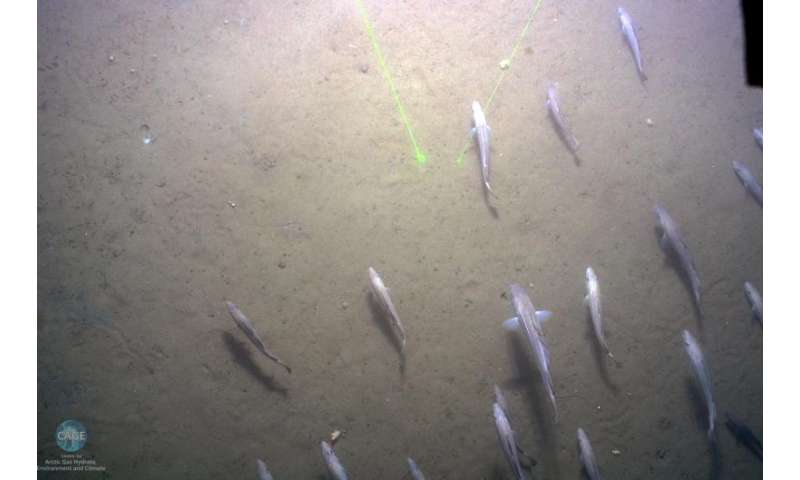
Deep Arctic Ocean Methane Seeps: A school of codfish appeared to be following the laser beams from the camera system. Fish were often observed in big quantities during the cruise. Credit: CAGE
Provided by University of Tromso



















